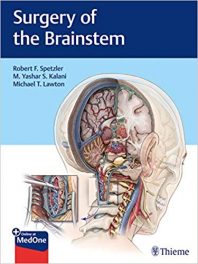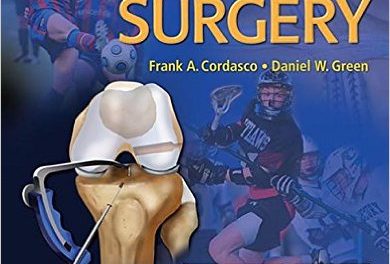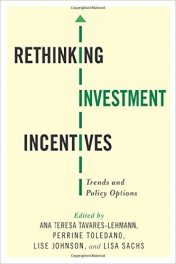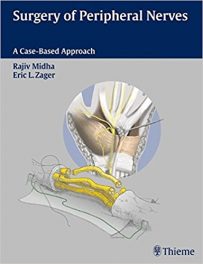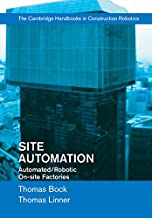 This book is part of the series called Cambridge Handbooks on Construction Robotics.
This book is part of the series called Cambridge Handbooks on Construction Robotics.
Authors: Thomas Bock and Thomas Linner
Publisher: Cambridge University Press – 316 pages
Book Review by: Sonu Chandiram
In order to “arrest the declining productivity in the construction industry,” this book was developed. It “focuses on the implementation of automation and robot technology” to renew this industry.
This volume explores 30 different worldwide systems within a careful analytical framework in which the best conceptual features are extracted to help professionals and researchers develop new applications. The analytical approach splits the systems studies into a technical portion and a portion that focuses on aspects related to economic performance, efficiency, and productivity.
What is the benefit of building automated on-site factories?
It is “to integrate several stand-alone construction robots into structured on-site environments to achieve significant improvements in on-site organization, integration, and material flow. This book outlines each system analyzed in both textual and graphical form. It also introduces an expandable categorization system, and provides all relevant background information.”
We present to you the readers, a brief capsule of the contents of this book, by listing below the titles of four of its chapters that also includes a Conclusion:
- Integrated Automated / Robotic On-Site Factories
- Analysis and Categorization: Construction
- Analysis and Categorization: Deconstruction
- Conclusion: Discrepancy Between Technical Capability and Efficiency
This book provides workable solutions that address the lack of modern integrated machine technology in construction. Computer-aided design and computer-integrated manufacture of building components are some of the solutions that save time, money and effort – all of which save money and speed up the construction of buildings that are not only energy-efficient, but have aesthetic appeal as well.
Authors:
Thomas Bock is a professor in building realization and robotics at Technische Universitat Munchen (TUM). His research focuses on automation and robotics in building construction, from planning building production and utilization to reorganization and deconstruction. After his academic studies in architecture at the University of Stuttgart and the Illinois Institute of Technology, he completed his doctorate at the University of Tokyo.
He is on the board of directors of the International Association for Automation and Robotics in Construction (IAARC), the Asian Habitat Society in Peking, and the International Institute of Construction Information in Tokyo. He operates as a consultant and Ministere de l’Emploi de la Cohesion Sociale et du Logement in France and is a member of the Academy of Architecture and Civil Engineering, the Petrovich Academy of Sciences, and the Academy of Informatics.
Professor Bock is on the editorial boards of top journals such as the Robotica, Automation in Construction, and the International Journal of Construction Management. Recently he became coordinator of Customized Industrial Construction’s newly founded W119.
Thomas Linner is a research associate in building realization and robotics at Technische Universitat Munchen (TUM). During the last few years, he has supervised some major research projects, with a focus on deployment of advanced technology in the building sector. He is a specialist in the area of automated production of building products as well as in the enhancement of the performance of building products by advanced technology.
He completed his dissertation in the field of construction automation, focusing on automated / robotic on-site factories. Increasingly, the generation of innovation strategies, business models, value systems, and innovative manufacturing organization methods complementary with advanced technology in construction is becoming the central issue in his research.
Dr. Linner has been an invited speaker at universities such as the University of Tokyo and Cambridge University. He has received several prizes and grants, including a Japanese Center of Excellence Grant for research in Japan.

